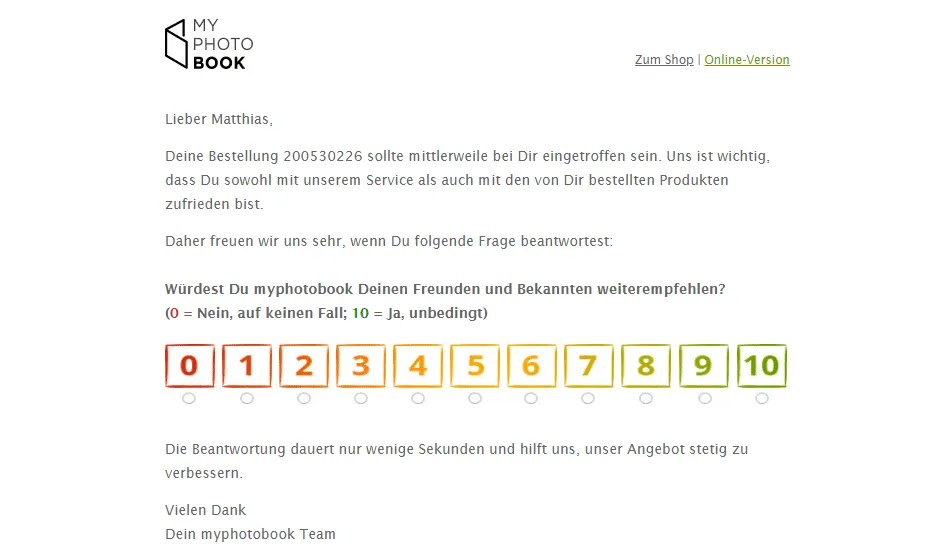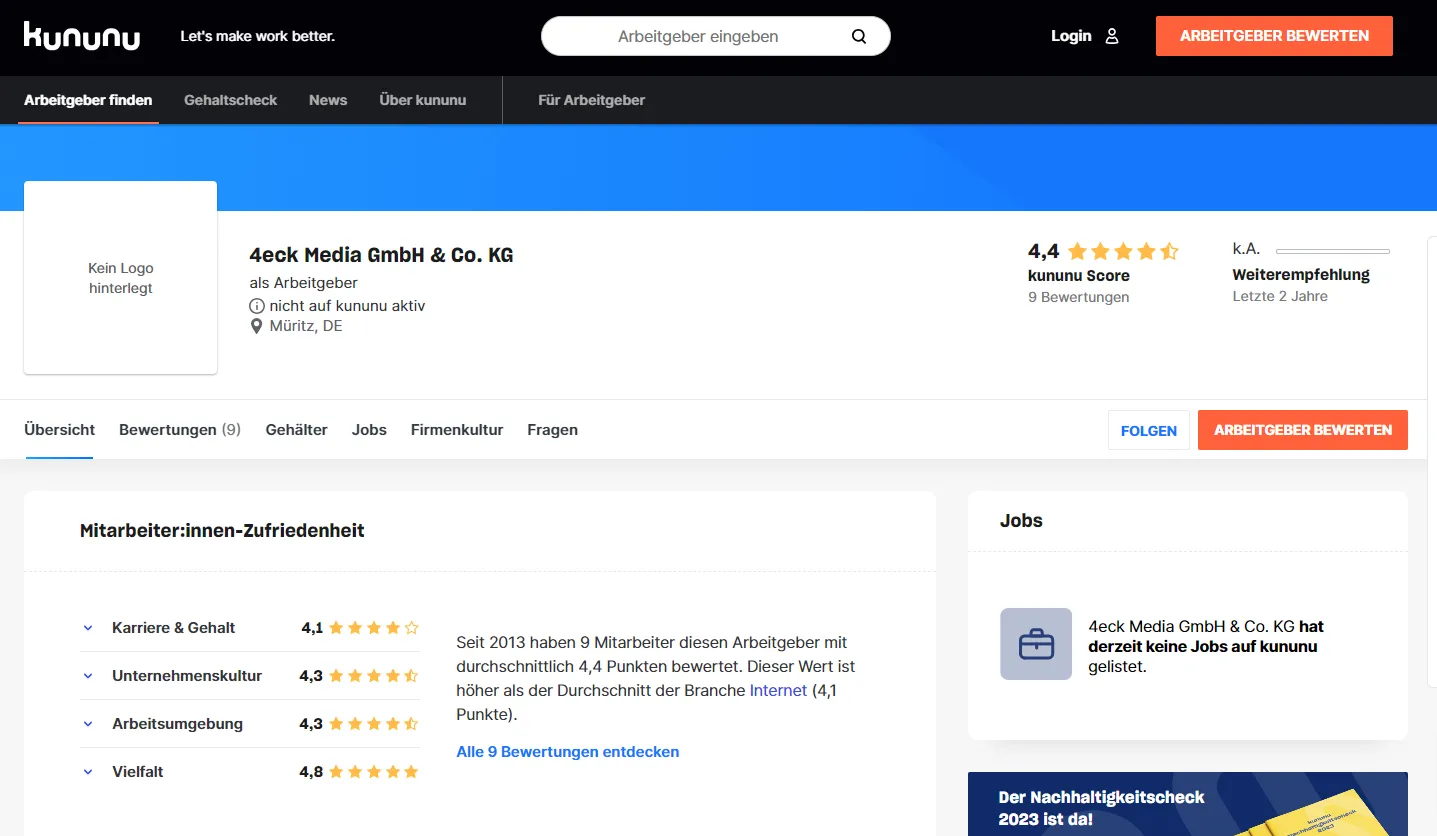Brand positioning is fundamental - regardless of whether you are positioning a new brand or realigning an existing one. The more precisely you hone its character, the more successful you will be. In our blog series on brand positioning, we will show you how to do this. Here we show you how to prepare your brand positioning well.
Imagine you had a magic wand with which you could make customers choose you over your competitors. Brand positioning is such a magical tool. Because it makes you unmistakable. And once you've achieved this, hardly anyone on the market will overlook you. But what exactly is brand positioning?
Positioning is about finding gaps in the market and filling them. It is about a gap or niche in which your company, service or product is perceived as unique, can develop and has opportunities for growth.
PETER SAWTSCHENKO
"Positioning -
the most successful marketing
on our planet"
The positioning of a company always precedes marketing, as it is the basis from which corporate goals and marketing measures can be derived. The strength of a brand lies in its ability to influence decisions or purchasing behavior.
Brand positioning strengthens your company - which has several decisive advantages:
- You take in more money in the long term: If your brand credibly promises quality, associates a higher benefit than the competition's offering and perhaps even has what it takes to become a status symbol. The most prominent example: Apple.
- You have to spend less money on marketing: If you manage to make your brand promise higher quality or greater benefits, or your brand is on everyone's lips as a status that is desirable to customers.
- You are more confident when dealing with partners and suppliers because you know about your negotiating power: If you stand out from your competitors with unique selling points and your name has a good reputation.
Are you well positioned? Challenge your brand with 5 questions
As a kind of warm-up, you should clarify a few important things that you can use to check whether your positioning is still intact. The answers you draw from this will help you build the basis for the next steps.
1. is your company making a profit and is it still growing?
Of course, only you know the answer. It will determine your goals and the strategy you need to sharpen your brand profile. Reinhold Würth, the king of screws, once said: "Every company is a sociological entity and - like a living organism - is subject to becoming, being and passing away. I conclude from this: as long as a company is still in the process of becoming, we cannot pass away. That's why growth is so important."
2. do your customers recommend your brand to others?
The easiest metric to measure the self-marketing strength of your company or a product is the customer survey. Would the customer recommend the product to others? The best thing is: you simply ask them personally. Would they recommend your brand to others - and if so, how willingly? Make it easy for them and give them a scale from 0 to 10:
- 10 to 9 means: these customers belong to the extremely important group of promoters and evangelists who tell their friends about the product or company unsupported.
- 8 to 7 means: They have a rather neutral view of your offer and will only talk about it when asked. Your products aren't amazing, but they're not bad either.
- 6 or less says: Your customers are deliberately advising their people against your brand.
In the latter case, of course, your alarm bells would ring and you would desperately ask yourself what you are doing wrong. But even more important is the question of what you can do better in the future. The answer to the question of why your customer buys from you and what you can do better often provides illuminating insights and unique selling points from the customer's perspective.

3. is your company attractive to job seekers?
If your (digital) mailbox is overflowing with applications - congratulations. This is the best proof that people (want to) work for you. On the other hand, is your company full of people coming and going? Then something doesn't seem right.
And how else can you tell whether you're a good employer? Sure, on the internet. For example, on an application portal like kununu.com. The stars and comments left are a great decision-making aid for recruiting new employees.

Use this as an indicator of the attractiveness of your brand or company as an employer :
- Number of (unsolicited) applications
- Online ratings on kununu.com
- Fluctuation in the company
- Recommendation rate for applications from employees
- Reputation in the region (also measurable through requests for student internships)
- Sickness rate in the company (the higher, the worse the corporate culture)
- Do employees comment on or like company posts on social platforms (FB, Instagram, LinkedIn, Xing, ...)
I also recorded a podcast episode with BGM professional Hannes Schröder on the topic of work attractiveness in companies, in which I give five tips from our agency's perspective.
As a company, we also make sure that our brand is communicated in a modern way that reflects our values. If you need help with your corporate identity and corporate design, use our professional corporate design templates:
4. can you say in one sentence what makes your brand special?
What do we stand for and why should a customer choose us? Do I know the biggest weaknesses of our competitors and how do I exploit them in my communication? If you don't differentiate yourself and set yourself apart from the competition, you are interchangeable. The competition or the customers set the price for them. Interchangeability causes customers to look for distinguishing features. If the potential customer does not find any unique selling propositions , the only thing that remains is the price. In other words, without a unique selling point, the only way to sell is through price.
So slip into the role of an outsider: Why should someone choose your offer? How does your brand attract people? Long-term success is based on uniqueness and a unique position. If you are interchangeable, the only thing you have left to define yourself by is your price. A pretty shaky basis.
5. will you still be successful in five years' time with what you offer today?
To increase the likelihood of survival, established companies need to build a pipeline of future products . You shouldn't just bet on one horse like start-ups (which is why the vast majority of start-ups fail). Venture capitalists work in a similar way, building up an entire portfolio of start-ups. Google has made a whole series of huge bets with Alphabet, many of which fail, but some of which will shape our future, as we are now seeing with the topic of AI, which is being shaped by the large digital corporations.
Fueled by the corona pandemic experience with the exit and contact restrictions, the needs and behavior of the target and customer group shifted towards convenience and safety - especially companies with e-commerce and multi-channel solutions were able to score points during this period. This required the implementation of digital marketing strategies and the creation of virtual shopping experiences in order to be able to realize previous offline transactions online - possibly even with the option of picking up goods on site (with contactless or online payment) in addition to delivery.
Companies are also faced with the question of which pandemic-related changes in behavior will remain with us in the future. Business models must face up to these challenges in terms of personnel, content and processes and implement agile structures and technical solutions such as digital KPI measurement within the company, as directional and advertising decisions are becoming far more data-driven in response to changing markets and consumer behavior.
After the pandemic, the desire for freedom and experience is greater again. The price increases led to a loss of purchasing power, which is why consumers saved on certain product groups in order to be able to afford other experiences. In 2023, AI entered the real world for the first time for most consumers via AI tools such as ChatGPT, Google Bard or Midjourney with all its potential. For companies, this means that the next transformation is just around the corner in order to face new demands and new competitors.
If you want to successfully ride into the future, you could bet on more than just one horse to be on the safe side. How about a whole stable of possibilities? For example, with high-quality in-house developments, complementary acquisitions and reliable partners for licensing or resellers.
Conclusion on brand positioning and other parts
In summary, the idea of positioning revolves around discovering unoccupied spaces, offers or services on the market and exploiting them. It is about a special gap or niche in which your company, service or product is seen as something unique. This is where it can develop and has the opportunity to grow and be successful.
Find and communicate your unique selling proposition that clearly sets your company apart from the competition from the customer's point of view, so that it no longer has to sell on price.
Want to find out more about brand positioning ? Take a look at our video training "Positioning companies & brand building". We also delve deeper into the topic in the second part of our blog series - and show you the various options for successfully positioning your brand.
- Brand positioning - Part 1: What is it and which five questions are crucial
- Brand positioning - Part 2: Captivating your target group with the right strategy
- Brand positioning - Part 3: 19 tips for brand building and target group acquisition
- Brand positioning - Part 4: Ideas, roadmap and necessary changes of direction

